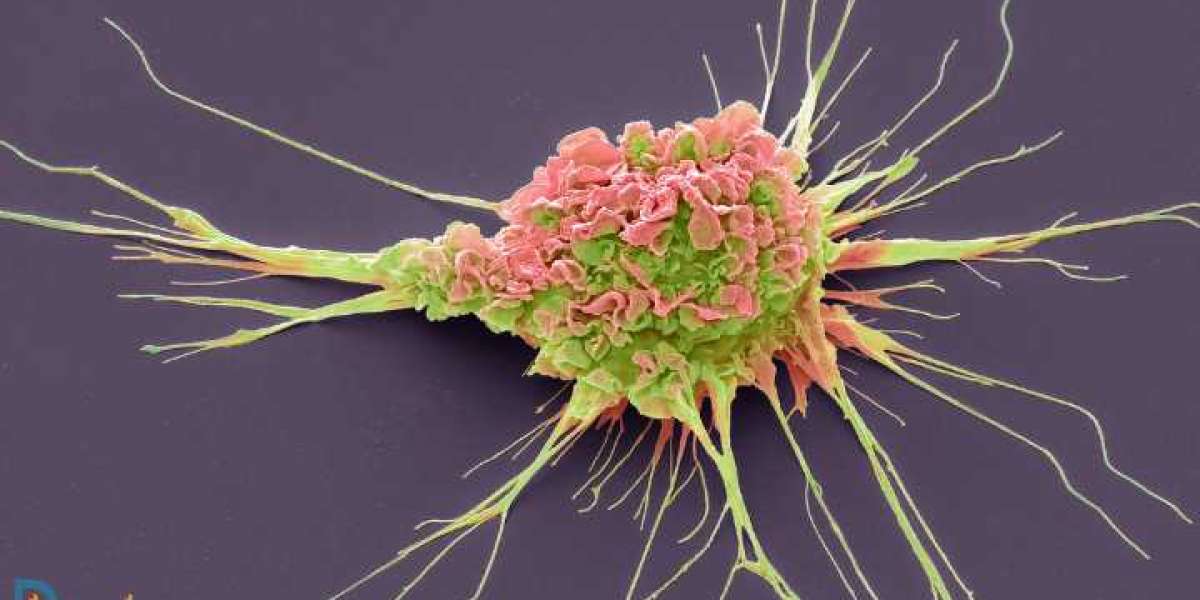1. Complex Manufacturing Processes
The manufacturing of gene therapies, especially those based on viral vectors like adeno-associated virus (AAV), involves intricate processes that require high precision. Producing these vectors at scale is complicated by several factors:
- Cell Line Development: Creating the appropriate cell lines for producing viral vectors can be time-consuming and expensive. The need for specialized facilities and the expertise to maintain and cultivate these cells adds to the complexity.
- Quality Control: Ensuring consistent quality across batches is paramount in gene therapy manufacturing. This requires robust quality control processes to test for purity, potency, and safety, which can significantly extend production timelines and increase costs.
- Regulatory Compliance: The manufacturing process must adhere to stringent regulatory standards set by agencies like the FDA and EMA. Meeting Good Manufacturing Practice (GMP) requirements can be resource-intensive and may necessitate frequent inspections and audits, further complicating scaling efforts.
2. High Production Costs
The costs associated with manufacturing gene therapies can be prohibitively high, which poses challenges for companies seeking to scale their operations. Factors contributing to high production costs include:
- Raw Material Expenses: The raw materials needed to produce viral vectors and other components of gene therapies can be expensive and sometimes difficult to source in large quantities.
- Process Optimization: Developing efficient production processes that minimize waste and maximize yield is critical. However, optimizing these processes often requires extensive research and development investment, adding to overall costs.
3. Logistical Challenges
Once manufactured, the distribution of gene therapies presents its own set of logistical challenges:
- Cold Chain Requirements: Many gene therapies, particularly those involving live viral vectors, require stringent cold chain management to maintain their stability and efficacy during transport. This necessitates specialized storage and transportation solutions, which can complicate logistics and increase costs.
- Geographic Distribution: Delivering gene therapies to healthcare providers and patients around the world can be challenging, particularly in remote or underserved regions. Ensuring timely delivery while maintaining the integrity of the therapy adds further complexity.
- Regulatory Variability: Different countries have varying regulatory requirements for importing and distributing gene therapies. Navigating these regulations can complicate global distribution efforts and slow down market access in certain regions.
4. Scalability of Clinical Trials
Conducting clinical trials is a critical step in developing gene therapies, but scaling these trials poses additional challenges:
- Recruitment: Recruiting a sufficient number of patients for clinical trials can be difficult, especially for rare diseases like DMD. Ensuring diversity in trial populations is also important for generalizability but can complicate recruitment efforts.
- Trial Logistics: Coordinating clinical trial sites, managing patient data, and ensuring compliance with regulatory requirements require robust logistical planning. This can strain resources and extend timelines, impacting the overall development of gene therapies.
Conclusion
While the potential of gene therapy to revolutionize the treatment of Duchenne Muscular Dystrophy is undeniable, scaling these innovative therapies presents significant challenges in manufacturing and logistics. Addressing these hurdles requires collaboration among biotech companies, regulatory agencies, and healthcare providers to streamline processes, optimize production, and ensure timely delivery. By overcoming these challenges, the promise of effective gene therapies for DMD can become a reality, providing hope to patients and families affected by this debilitating disorder.
Latest Reports
Asphyxia Market | Chronic Cutaneous Ulcer Market | Prefilled Syringes Market | Cardiotoxicity Market | Arteriovenous Fistula Market | Central Venous Catheters Market | Hyperhidrosis Market | Abetalipoproteinemia Market | Chronic Lymphocytic Leukemia Cll Market | Hereditary Angioedema Market | Pruritus Market | Wound Irrigation Systems Market | Xerostomia Market | Chronic Inflammtory Demyelinating Polyneuropathy Market | Diabetic Nephropathy Market | Minimal Residual Disease Market | Trigeminal Neuralgia Market Size | Vestibular Schwannoma Market | Adult Growth Hormone Deficiency Market | Alzheimer Disease Market | Bacterial Skin Diseases Market | Bone Densitometers Market | Brain Cancer Market | Colorectal Cancer Crc Market | Hyperuricemia Market | Optic Neuritis Market | Wegener S Granulomatosis/granulomatosis With Polyangiitis Market | Actinic Keratosis Market | Acute Pulmonary Embolism Market | Acute Radiation Syndrome Market







